CIRC recommends retroactive testing, survey of doping
Nobody knows how much of the peloton is still cheating
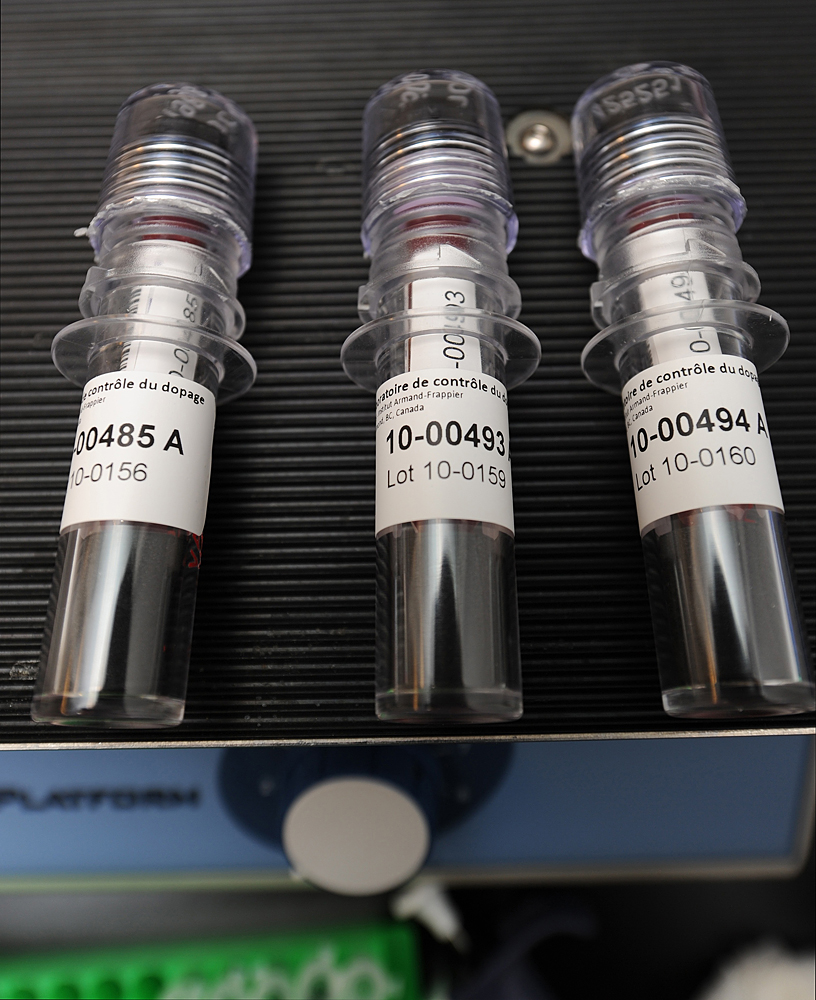
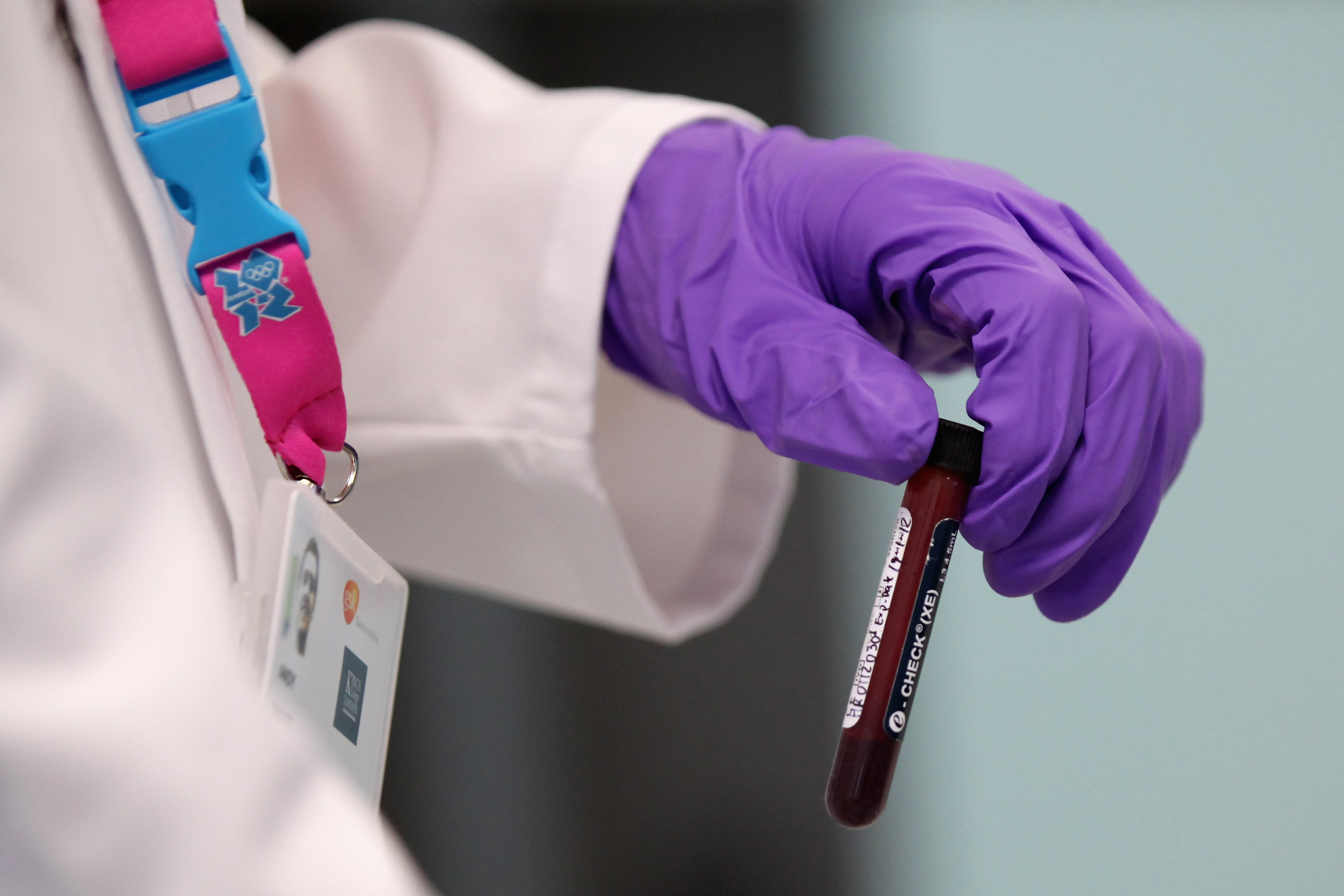

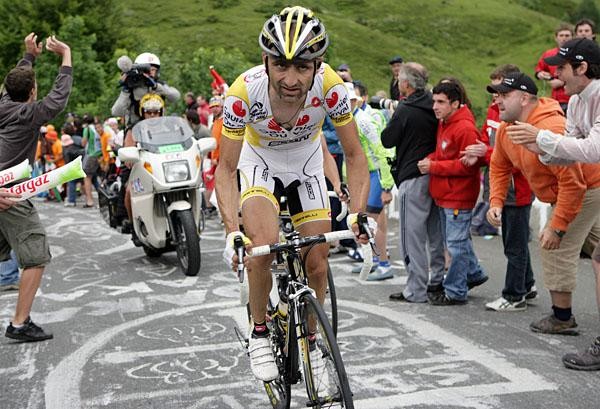
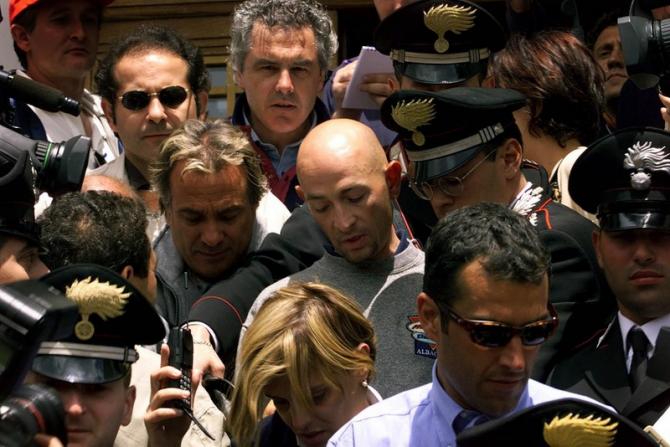
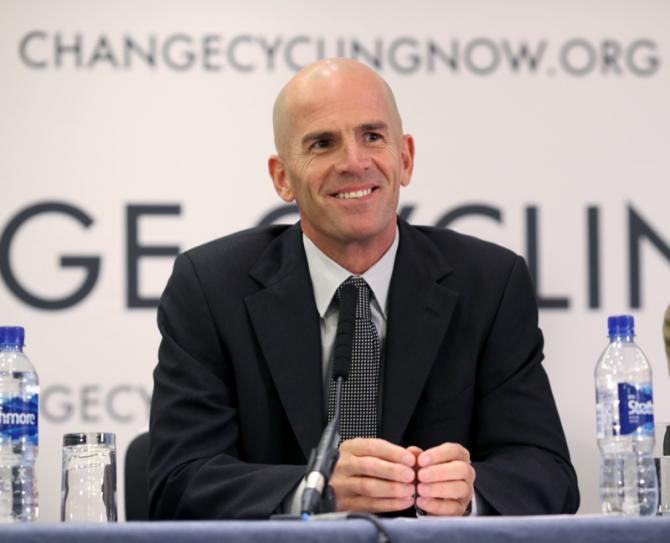
The Cycling Independent Reform Commission (CIRC) made a number of recommendations to the UCI to combat doping, noting that although the situation has improved since 2008, cheating has not been eradicated. They suggest the UCI's Cycling Anti-Doping Foundation (CADF) integrate a variety of sources of information on doping to better target testing, and open the overnight window on testing.
The CIRC found that riders are still doping, but the performance gains that result from practices such as micro-dosing the blood booster EPO or steroids are smaller than what was seen prior to the implementation of the biological passport. Rather than have performance enhancement of 10-15 per cent, they write that micro-dosing EPO might only boost a rider 3-5 per cent.
"This has had a significant impact on the doping landscape today because by reducing the performance gains, riders will start to believe that they can have a career riding clean. This is a key development in the fight against doping."
The CIRC acknowledged that an "anti-doping framework protects the very essence of sport". Even if 'only' 20 per cent of the peloton is doping to a performance gain of 3-5 per cent, which still creates a great inequality in the races. The sport might not be the farce it was in the decades past, where sprinters started dropping climbers in the mountains, but it's clear from the CIRC report that the situation is still serious. The biological passport, while helpful, is working in a similar fashion to the 50% hematocrit limit: riders saw the limit as permission to dope up to that level, and they now may use the information available to them in the biological passport to dope just enough to not trip red flags on their blood profile.
Because the ADAMS system makes a rider's blood profile available, and this information could be used to adjust a doping scheme, the CIRC recommends "there should be a time lag between testing and the publishing of information on ADAMS".
Although the CIRC interviewed a large number of people involved in cycling, they could not nail down a good estimate of what percentage of the peloton is still doping. Some say 20 per cent, some think as many as 90 per cent are still cheating.
In the past, riders typically focussed their efforts to increase power to weight ratios by boosting their oxygen capacity with EPO, transfusions, ozone treatments or steroids. Since the introduction of the blood passport, riders are limited in these methods, so have taken to making themselves rail thin. "Interviewees noted cases of dramatic weight loss in certain riders, which they felt could only be explained by the use of performance enhancing products," the CIRC wrote. "The Commission heard that the desire to lose weight might also be leading to an increase in eating disorders amongst riders."
The latest race content, interviews, features, reviews and expert buying guides, direct to your inbox!
There is no straightforward solution to the problem of doping in cycling
One of the most powerful suggestions the report makes is for the UCI to perform retroactive testing, as is allowed under the WADA code, as new tests and technologies arise. Retroactive testing has not often been performed in cycling - after the CERA positives of the 2008 Tour de France, there was some re-examination of samples from the Giro d'Italia, but it was an isolated case.
"Retrospective sample testing is perhaps as great a disincentive to riders as today’s testing is, even more so for the more successful riders. A sample given by a rider should have a mandatory re-testing programme attached to it," the CIRC wrote.
Riders will not be happy to learn that the CIRC recommends that the UCI's CADF take advantage of an exception to the 11pm to 6am 'no testing window' for "serious and specific suspicion that the rider may be engaged in doping", and test at night to help catch micro-dosers.
They also suggest that a study should be undertaken by the UCI to figure out what percentage of the peloton is doping in different countries, teams and at the various levels. Exactly how the survey should be conducted is not explained. The CIRC states in its report that 90 per cent of riders who are tested refuse to check the box on the form allowing their samples to be used for research purposes.
The CIRC also recommends working with governments to increase investigation of doping, root out corruption in national federations, that doctors who help athletes dope should be reported to their medical boards, and that WADA should move the responsibility for anti-doping away from national federations and to an independent body. If federations do not comply with the code, there should be penalties. Currently, the only option is to expel a nation from the Olympic Movement, and that right has never been exercised.
They also suggest that the CADF look into the use of substances that are not prohibited. The report states that there is a wide-spread use of anti-depressants in the peloton, as well as Tramadol, caffeine tablets, Viagra or Cialis, and tranquilizers at night. The combined effect, they suspect, could be contributing to crashes in the races.
The CIRC also recommended that the UCI set up an independent "whistleblower desk", and encourage people to come forward with information and to put more funding into anti-doping research.
Finally, the CIRC requested that anti-doping organisations stop engaging in "public shaming", or where "allegations that are not fully investigated or not investigated at all are put into the public domain". They state the practice "infringes on fundamental rights, leads to a waste of resources and undermines the credibility of the fight against doping. In the same way that WADA-accredited laboratories are bound by a duty of confidentiality, the same principle should apply to anti-doping organisations in respect of allegations."

Laura Weislo has been with Cyclingnews since 2006 after making a switch from a career in science. As Managing Editor, she coordinates coverage for North American events and global news. As former elite-level road racer who dabbled in cyclo-cross and track, Laura has a passion for all three disciplines. When not working she likes to go camping and explore lesser traveled roads, paths and gravel tracks. Laura specialises in covering doping, anti-doping, UCI governance and performing data analysis.
